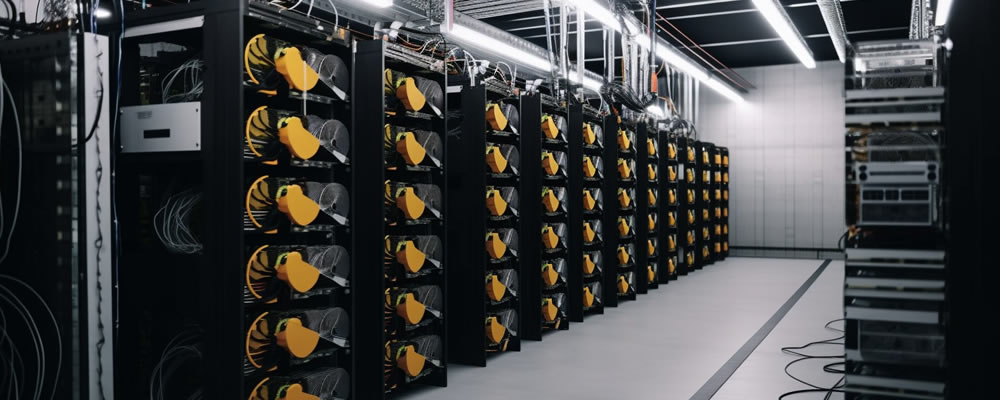
How to Mine Bitcoin
Bitcoin is the most well-known and valuable cryptocurrency, and mining it can be a profitable activity for those with the technical expertise and resources required to participate. In this article, we’ll walk you through the steps required to mine Bitcoin.
Understand Bitcoin Mining
Before you start mining Bitcoin, it’s important to understand how it works. Bitcoin mining involves verifying transactions on the Bitcoin network and adding them to the blockchain. This is done using specialized hardware and software that solve complex mathematical problems in order to validate and process transactions.
Obtain Mining Hardware
The next step in mining Bitcoin is to obtain the appropriate hardware. Bitcoin mining typically requires specialized equipment known as Application Specific Integrated Circuit (ASIC) devices. These devices are designed specifically for Bitcoin mining and are significantly more powerful than traditional computer hardware.
Install Mining Software
Once you have obtained the appropriate mining hardware, you’ll need to install mining software. This software is used to connect your mining hardware to the Bitcoin network and communicate with other miners to verify transactions. There are several mining software options available, including CGminer and BFGminer.
Join a Mining Pool
Joining a mining pool is a good way to increase your chances of earning rewards. In a mining pool, a group of miners work together to verify transactions and share the rewards. By pooling resources, miners can increase their chances of finding blocks and earning rewards. Joining a mining pool also allows miners with less powerful hardware to participate and earn rewards.
Configure the Mining Software
After joining a mining pool, it’s important to configure the mining software to work with the pool. This involves entering the pool’s address and port number into the mining software and selecting the appropriate mining algorithm. You’ll also need to enter your Bitcoin wallet address so that you can receive rewards.
Start Mining
Once you’ve set up your hardware, installed the mining software, and joined a mining pool, it’s time to start mining. This typically involves leaving your mining hardware running 24/7, as the Bitcoin network is always active and transactions are always being verified.
Monitor and Optimize Performance
While mining, it’s important to monitor the performance of your hardware and make adjustments as needed. This may involve optimizing the settings of the mining software, adjusting the cooling and power consumption of the hardware, and keeping an eye on the competition in the network.
Receive and Sell Rewards
As you mine Bitcoin, you’ll earn rewards in the form of newly minted Bitcoin. These rewards will be deposited into a digital wallet associated with your mining software. Once you’ve accumulated a significant amount of Bitcoin, you can sell it on an exchange or use it to purchase goods and services.
Mining Bitcoin can be a profitable activity for those with the technical expertise and resources required to participate. By understanding Bitcoin mining, obtaining the appropriate mining hardware, installing mining software, joining a mining pool, configuring the mining software, starting to mine, monitoring and optimizing performance, and receiving and selling rewards, miners can earn Bitcoin and contribute to the security and functionality of the Bitcoin network. However, it’s important to note that Bitcoin mining requires significant resources and is not always profitable, particularly as competition in the network increases.

